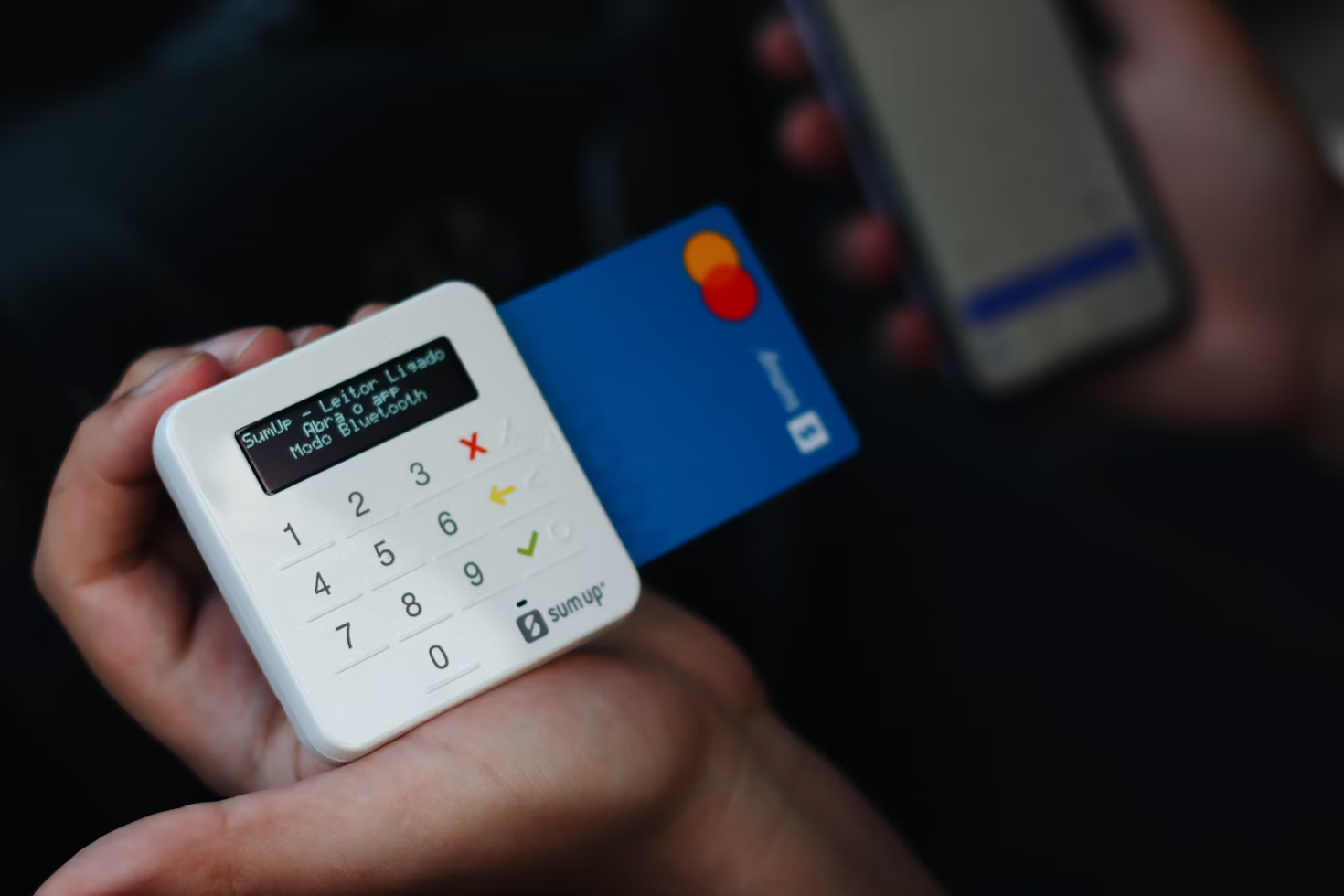- Published on
4 Ways to Curb Payment Fraud in Your Business
- Authors
- Name
Image by Nathana Rebouças on Unsplash
Payment fraud is one of the most significant threats to your business, especially with the rise of online transactions and digital payments. Criminals are constantly developing more sophisticated tactics to access sensitive financial information, targeting companies of all sizes. Left unchecked, payment fraud results in financial losses and damaged customer trust. Read on for four practical ways to curb payment fraud in your business and keep transactions secure.
1. Implement strong authentication measures
A great way to prevent payment fraud is to strengthen your authentication process. Simply relying on usernames and passwords is no longer enough to protect sensitive transactions. Be sure to:
- Implement multifactor authentication (MFA), which requires users to verify their identity through two or more methods, such as a password combined with a fingerprint, a one-time code sent to the mobile phone, or facial recognition.
- Use biometric authentication, like facial recognition or fingerprints, where possible.
- Require strong, unique passwords and enforce regular password updates.
- Set up one-time passcodes (OTPs) for sensitive actions like logging in or processing payments.
- Implement session timeouts and automatic logouts after periods of inactivity.
- Monitor login attempts and alert users about suspicious activity.
- Use authentication apps instead of SMS for more secure two-factor authentication.
2. Offer cryptocurrency payment options
If your business deals with many international transactions, offering cryptocurrency payment options can be a smart way to minimize the risk of payment fraud. Cryptocurrencies like Bitcoin operate on decentralized, secure blockchain networks, making transactions more difficult for fraudsters to manipulate.
Unlike traditional payment methods, crypto transactions are irreversible, helping protect businesses from chargeback fraud, which is common with credit card and online payments. Offering cryptocurrency payment options can also attract more customers, especially those who prefer digital assets like Bitcoin, Dogecoin, and Ethereum. Stay informed about market trends like Bitcoin and Dogecoin prices from sites like Kraken to minimize the risk of fraud and chargebacks.
3. Train your staff
Your employees are your first line of defense against payment fraud. Equip them with the relevant knowledge and tools to reduce the chances of fraudulent activities within your organization. Your training should feature:
- Awareness of fraud types: Educate your employees on various forms of payment fraud, including phishing scams, invoice fraud, and credit card fraud.
- Recognizing red flags: Train employees to identify suspicious activities, such as unusual transaction patterns or requests for urgent payments to unfamiliar accounts.
- Reporting protocols: Invest in channels for reporting suspected fraud. The employees should know who to contact and be confident that their concerns will be addressed.
- Role-specific training: Tailor your training programs to address the risks associated with different organizational roles.
4. Regularly update your systems and software
Outdated software can create security gaps that fraudsters are eager to exploit. Regularly update your business systems to patch known vulnerabilities before they can be targeted. This includes the point-of-sale (POS) systems, online checkout pages, and payment processing software. You could invest in cybersecurity solutions like firewalls, encryption tools, and antivirus software to protect your business.
Endnote
Payment fraud can result in significant losses, ruined reputation, and even legal implications. Implement strong authentication measures, train your staff, and regularly update software to curb payment fraud in your business.

